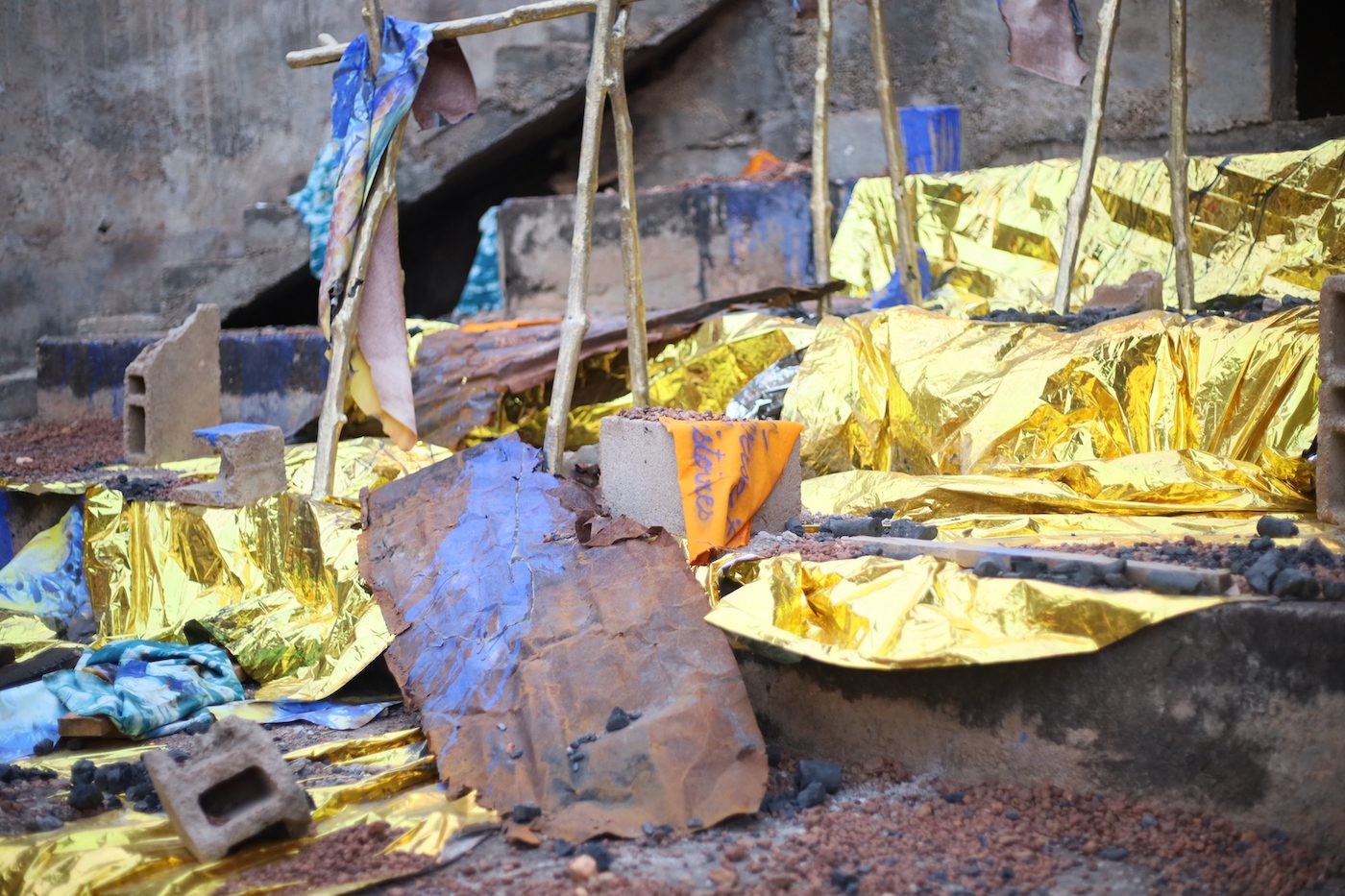Nyaba Léon Ouédraogo on the Biennale Internationale de Sculpture de Ouagadougou

11 August 2022
Magazine C& Magazine
Words Louise Thurin
6 min read
Louise Thurin speaks to the Burkinabe photographer and co-founder to recapitulate the history and importance of the initiative launched in 2018.
On the threshold of its third edition, scheduled for October 2023, the first biennial dedicated to contemporary sculpture on the African continent is celebrating its durability. The event, which faced the hazards of first times, a pandemic, and a coup d’état, announced its next theme, le Feu des origines [Fire of Origins], borrowed from the book by Congolese Emmanuel Dongala. Thus, BISO renews its objective of bringing together in the heart of the Burkinabe capital, for a residency followed by an exhibition, a group of about twenty artists from all over the country, the region and elsewhere. A renewed affirmation that African capitals are also “xenopolis” (Simon Njami), free zones, repositories of the World and transmitters of a shared universal.
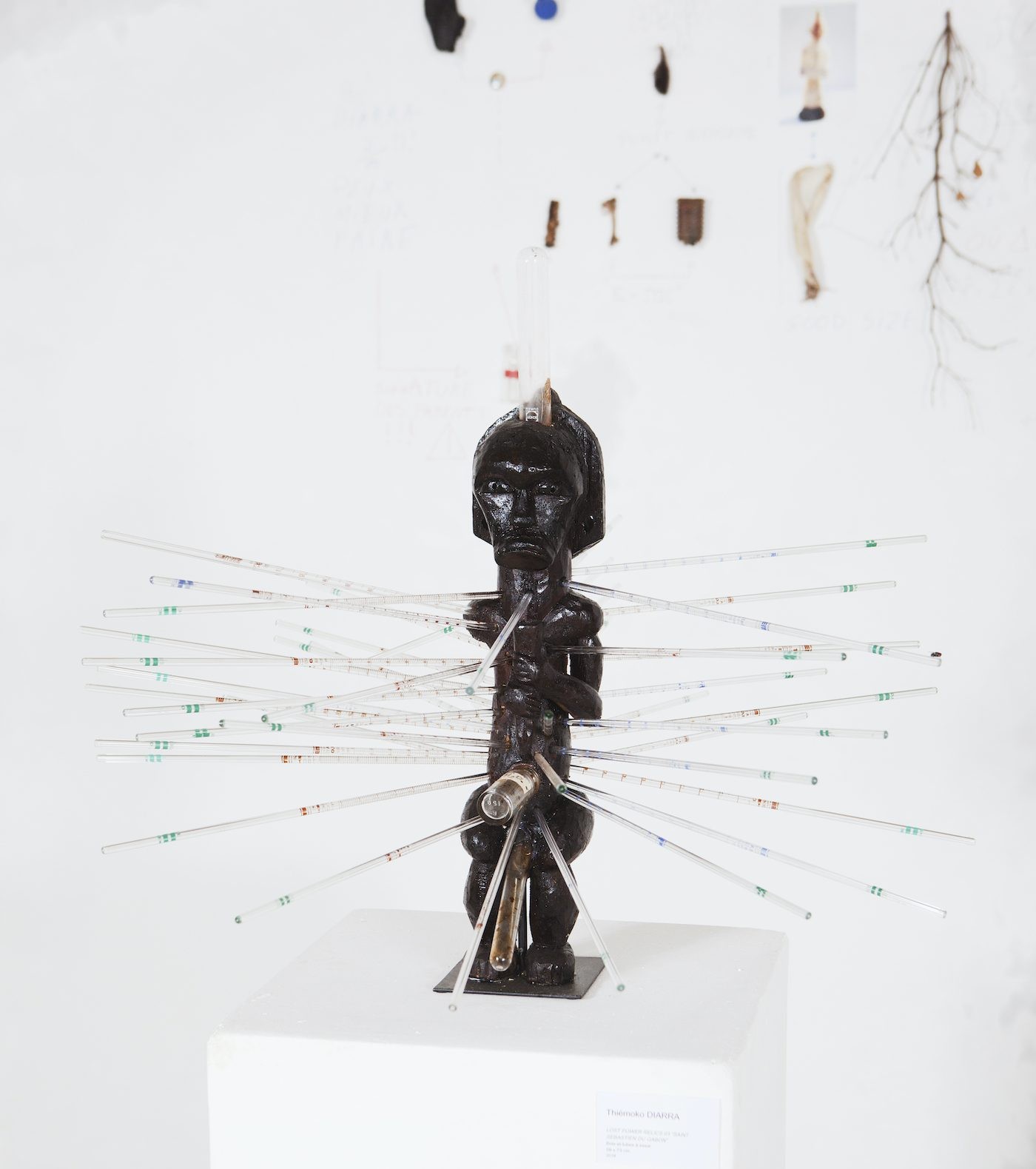
<figcaption> Thiemoko Diarra, LOST POWER RELICS 03 “SAINT SEBASTIEN DU GABON”, 2019. Installation View Biennale Internationale de Sculpture de Ouagadougou 2019.
Contemporary And: Why a sculpture biennial in Burkina Faso, and why support this medium within contemporary creation in Africa?
Nyaba Léon Ouédraogo: The genesis of BISO came about through conversations with my friend Christophe Person, a specialist in the modern and contemporary art market in Africa who was back from the Rencontres africaines de la photographie de Bamako [Bamako encounters] 2018. We wanted to organize an event distinct from the existing ones on the Continent. For us, highlighting sculpture was an obvious choice: there are very few initiatives specifically devoted to this medium, even though sculpture (lithic, textile, performance...) is fundamental and emblematic of Africanities, their aesthetics and rituals. It has been the first artistic passport of sub-Saharan spaces in the world – and we are bitterly aware that its contemporaneities and futures are less visible today.
We chose to locate this event in Ouagadougou where there are many sculptors working with bronze, wood, and granite. My first wish was to generate a dialogue between the contemporary practice of the artists in residence and the ancient, though updated, practice of the bronze workers in the Dapoya district where I live. We are at the heart of an African cultural capital, shining through its Fespaco and its artisanal districts, but suffering from the current absence of a national art school. For the Burkinabe and some African participants in the Biennial, BISO is sometimes their first creative residence. Our work then takes on a formative dimension, and we provide direct answers to their questions: how to improve an application, how to understand the mechanisms of the globalized art ecosystem, what to put forward –of oneself and one’s work– in front of journalists, gallery owners and curators?
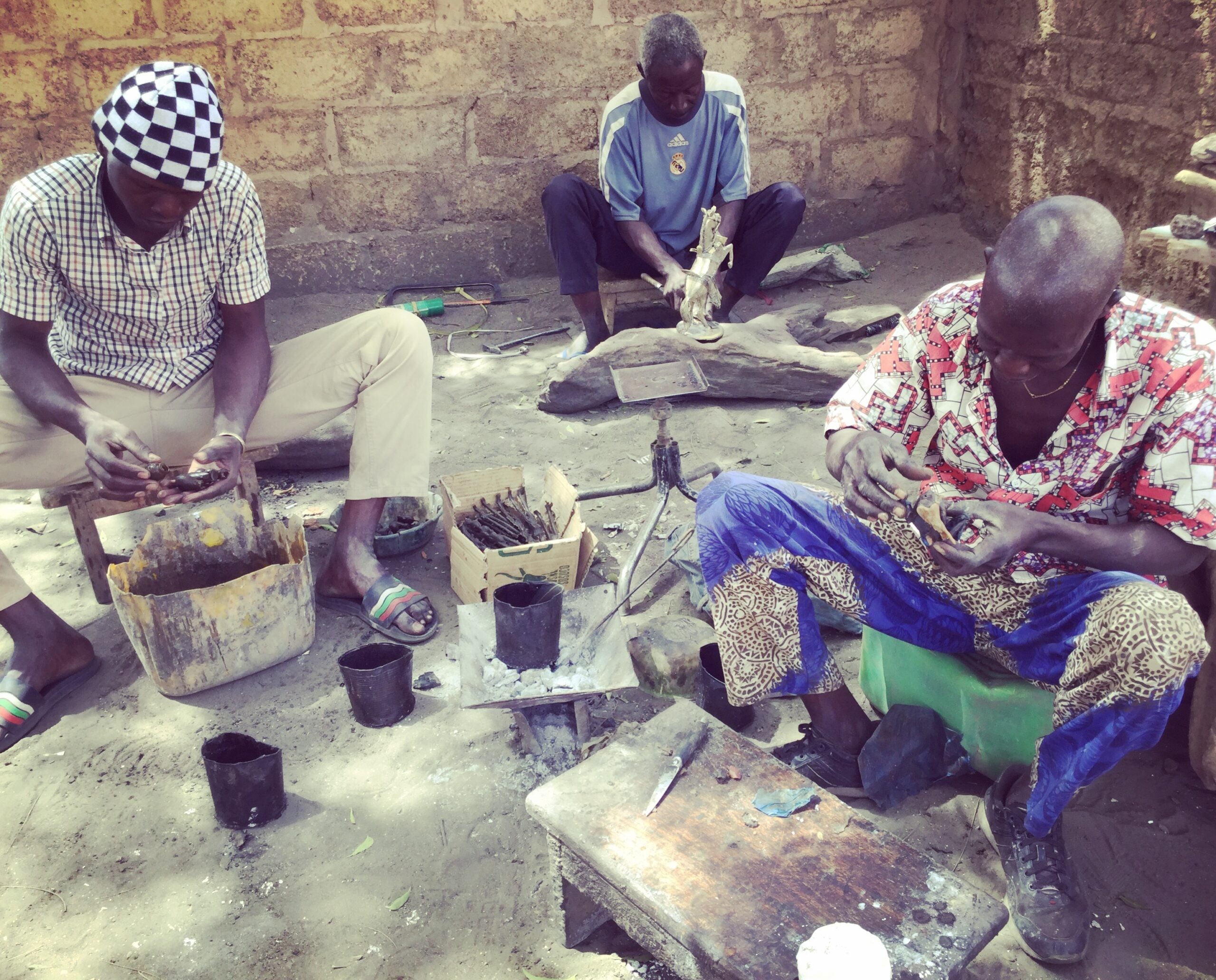
<figcaption> Centre National d'art et artisanat, 2019.
C&: What kind of connections do the artists in residence have with artists, craftspeople, and workshops in the city of Ouagadougou?
NLO: An effervescence. The Ouagadougou artists selected for the Biennale are working day and night in their studios to show the best of their creation, while keeping their doors open to any international artist curious to share. I remember during the last edition, the Mauritanian sculptor Oumar Ball jumped behind a motorbike taxi and went to negotiate his metal sheets, together with Wakirou Sienou, a sculptor from the Centre d’artisanat d’art de Ouagadougou... BISO is not an external event to the city, it meshes Ouaga, takes place in and with its heart: the population and its nerve centres of production, trade, and creation.

<figcaption> Beya Gille Gacha, ORANT #5, 2019. Installation View Biennale Internationale de Sculpture de Ouagadougou 2019.
C&: Hosting an art biennial in a country and region at war with terrorism and undergoing successive military coups is a significant achievement. What is the message being sent?
NLO: When Christophe and I look for sponsors for the Biennial, we invariably face strong resistance. We insist: “Burkina needs its artistic and cultural partners now!” We are trying to be present through our sensitivity in the fight against obscurantism and thus to occupy the territory, to make it fertile. Is this not the nobility of art? We, too, are on the battlefield – differently. BISO supports all sculptors, whether they are local craftspeople or Sahelian artists affected by conflicts, people of African descent or from the diasporas (or not) who wish to get closer to the endangered skills and craft of the continent. The Biennial aims to be a space where intercultural dialogues can occur and where the production of artistic thought is being stimulated. Our ambition is to question a changing Africa: young, nationalistic, urbanized, neo-colonial, religious, hybrid, in conflict... We want to explore, question, deconstruct and finally give shape. We are string weavers, link makers, neither backward-looking nor fundamentalists: we generate discomfort – and so much the better!
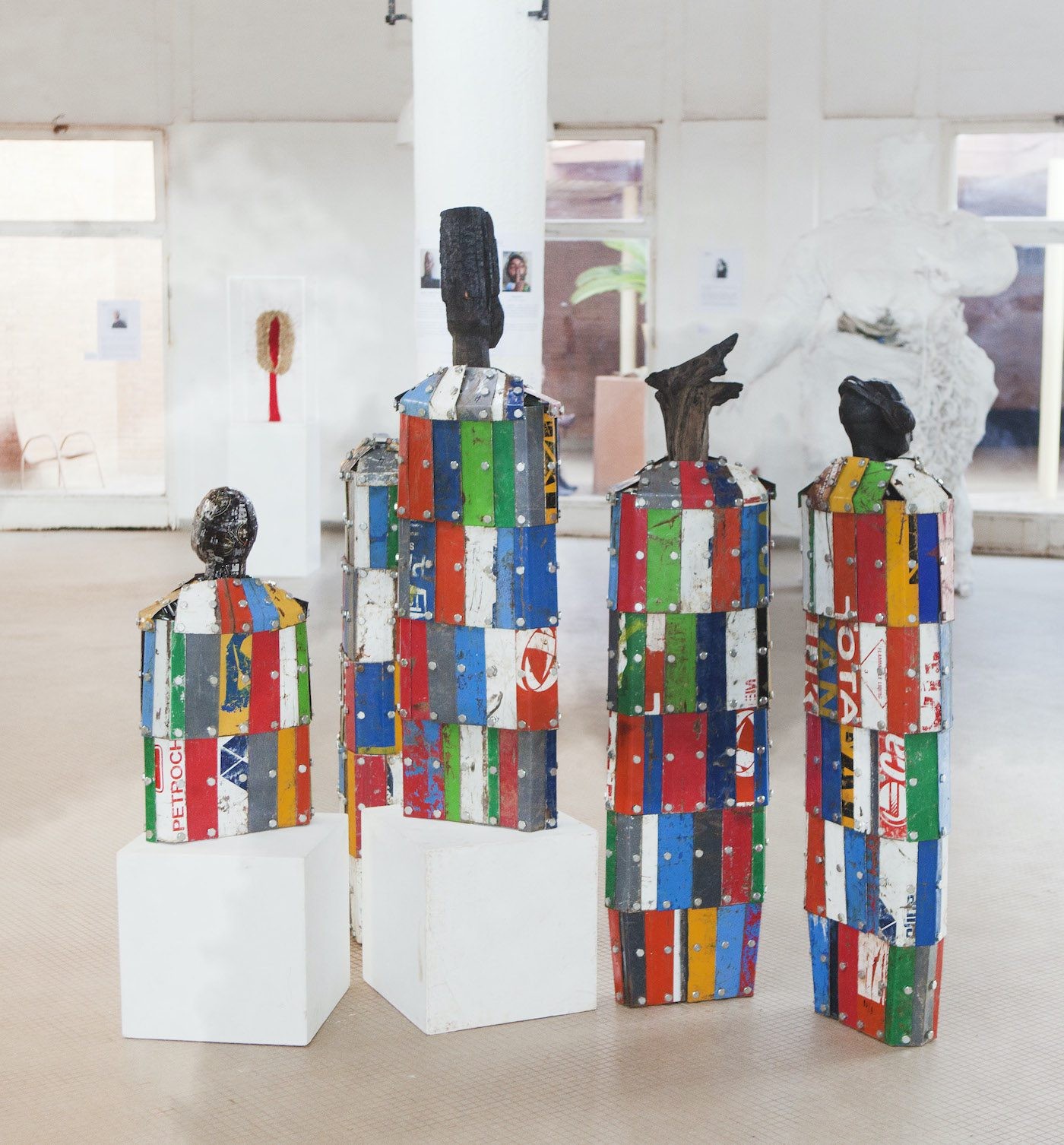
<figcaption> Xenson, Fossil Blanket, 2019. Installation View Biennale Internationale de Sculpture de Ouagadougou 2019.
C&: BISO 2019 and 2021 enjoyed a prestigious pan-African jury consisting of Soly Cissé (Senegal), Abdoulaye Konaté (Mali), Barthélémy Toguo (Cameroon), Jean Servais Somian (Ivory Coast) and Ky Siriki (Burkina Faso). What is the jury’s role for this edition?
NLO: The jury plays an inspirational, supportive, and intergenerational role with the artists in residence. It is made up of artist friends who all share my desire to reinvest and reinvent the continent’s future: Barthélémy with Bandjoun Station, Konaté with Ségou’Art, Ky Siriki with the Laongo Sculpture Symposium... They are present for one or two weeks on site at the end of the residency to share their time, their vision, and their experience – and, almost anecdotally, to award the various prizes of the Biennale.
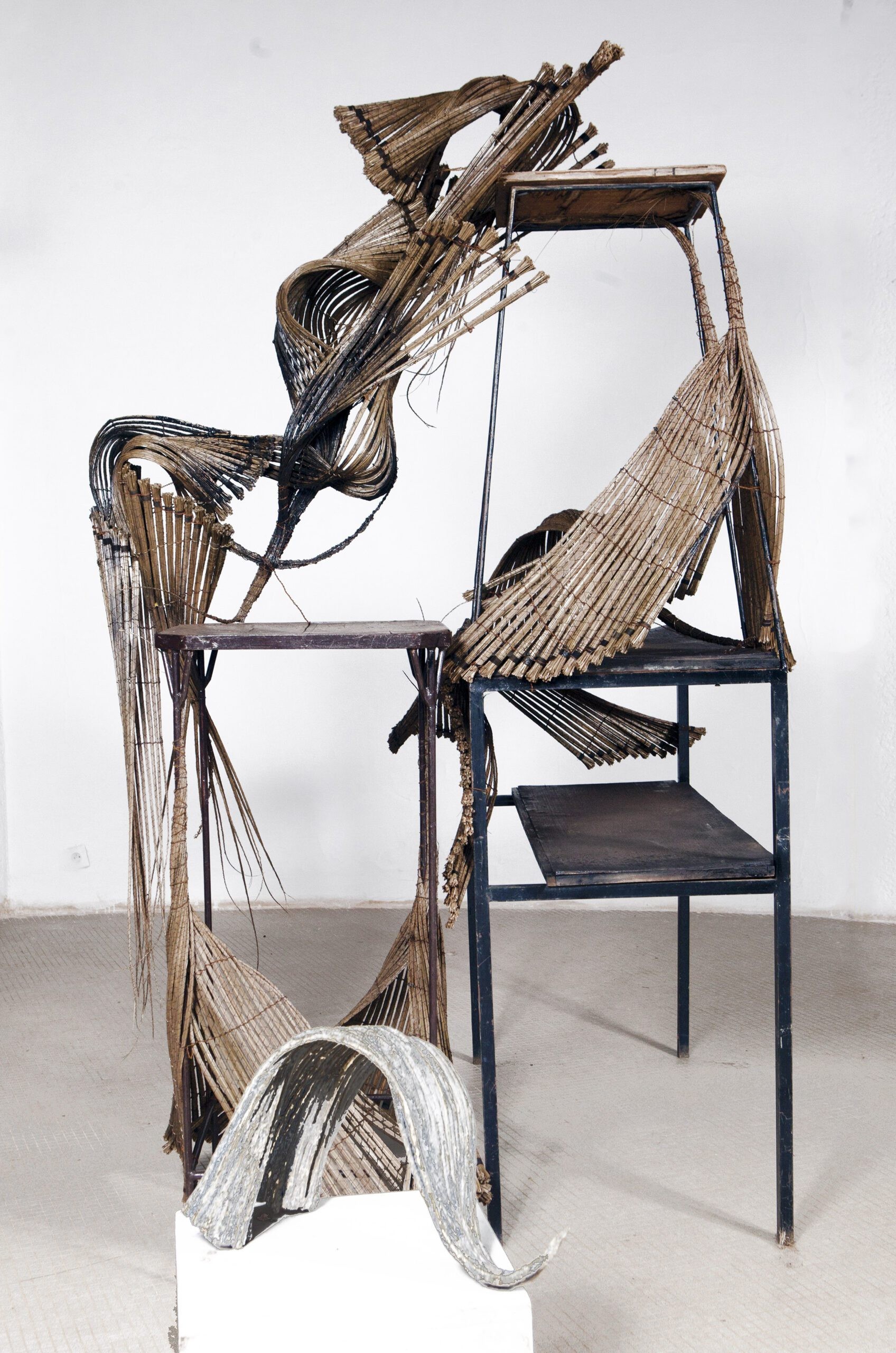
<figcaption> Adejoke Tugbiyele, Ange, 2019. Installation View Biennale Internationale de Sculpture de Ouagadougou 2019.
C&: In 2021, BISO chose to highlight Ambiguous Adventure (1961) by the Senegalese author Cheikh Hamidou Kane and in 2023, it will be the turn of the Congolese Emmanuel Dongala’s book Fire of Origins (1987). Why decide to highlight a work from the African corpus for the second time?
NLO: Together with Christophe, Louise, and Florence Conan, we did not want to develop empty themes for BISO. We seek complexity, density, and depth, and to do this we commonly draw our inspiration from literature. As a key element in the dissemination of continental thought, African literature has much to contribute to the arts in Africa. These two related fields of research feed each other – and I am delighted to invite the artist-candidates to delve into the depths of Emmanuel Dongala’s conundrum and to formulate strong proposals for our third edition. May it be the most beautiful!
For more information, including the BISO 2023 call for applications, please visit the Biennale’s Instagram.
Nyaba Léon Ouédraogo was born in Bouyounou in Burkina Faso in 1978. A photographer, he lives between Paris and Ouagadougou. Nyaba Ouédraogo received the European Union prize at the Rencontres africaines de la photographie de Bamako. He was a finalist for the Prix Pictet 2010 and winner of the Résidences Photoquai Musée du Quai Branly 2013. Together with Christophe Person, he co-founded the Biennale Internationale de Sculpture de Ouagadougou (BISO) in 2018.
Louise Thurin is an author, speaker and art market professional based in Paris.
Read more from

MAM São Paulo announces Diane Lima as Curator of the 39th Panorama of Brazilian Art
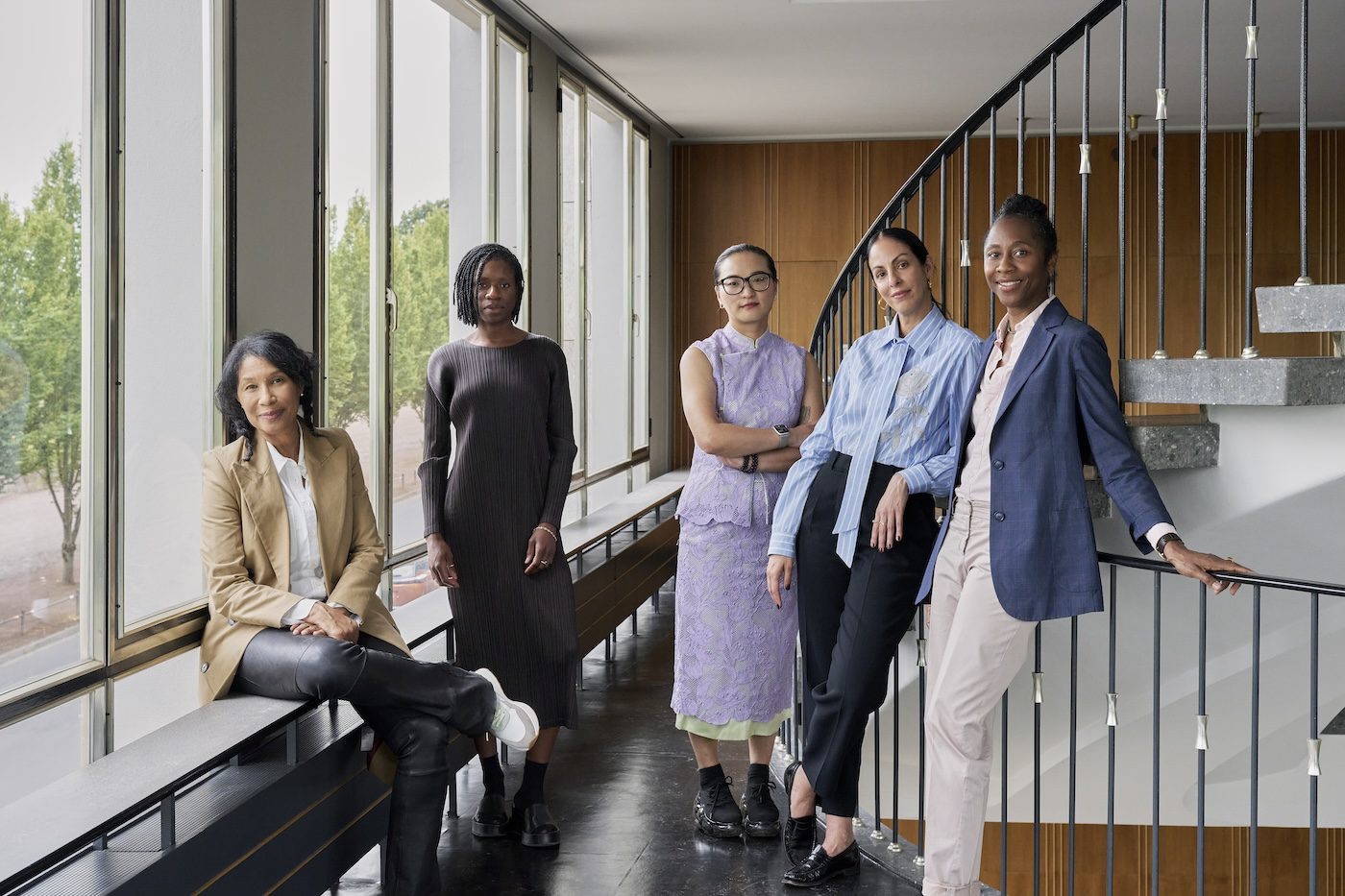
Naomi Beckwith Unveils Core Artistic Team for documenta 16
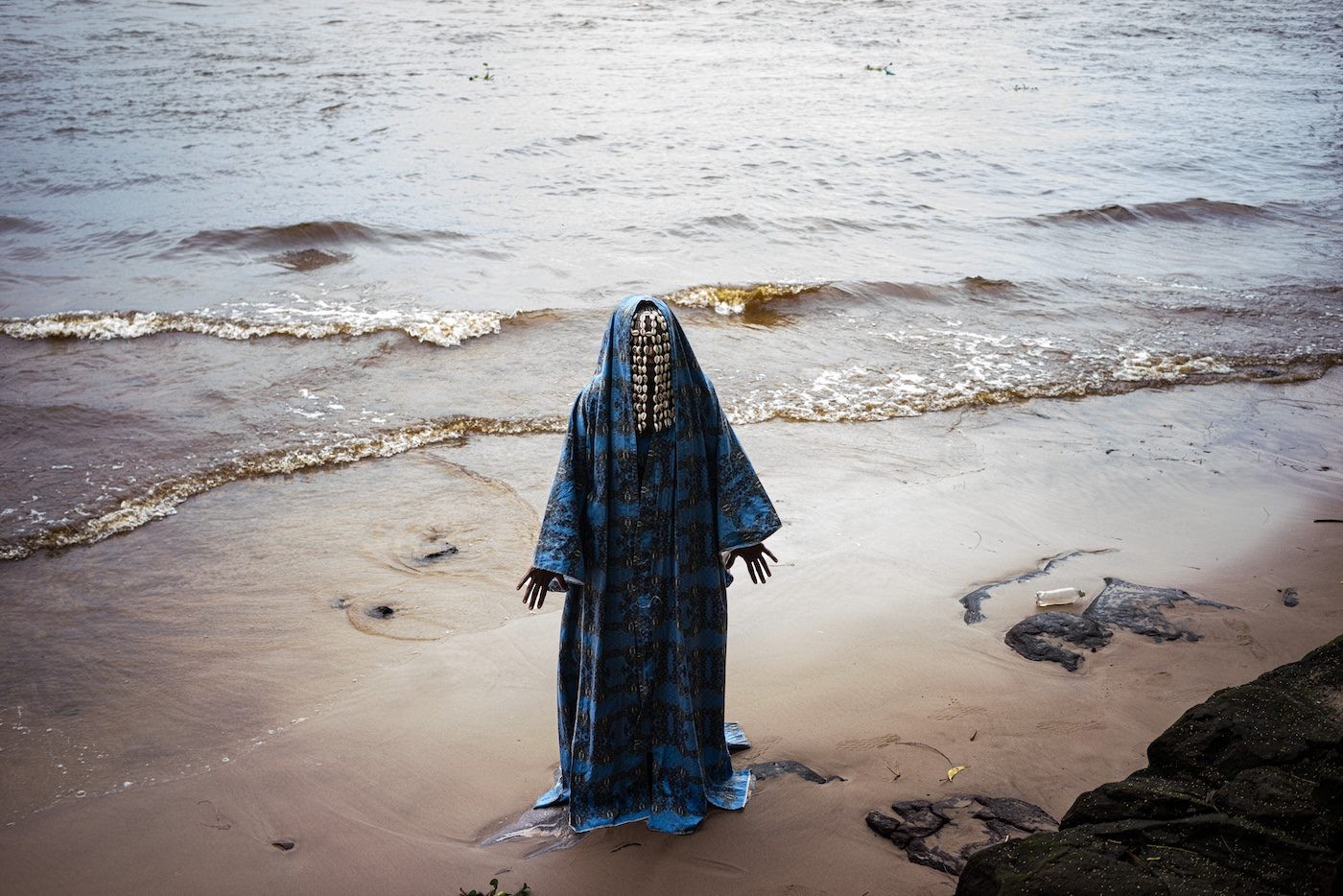
Fundação Bienal de São Paulo Announces List of Participants for its 36th Edition
Read more from
